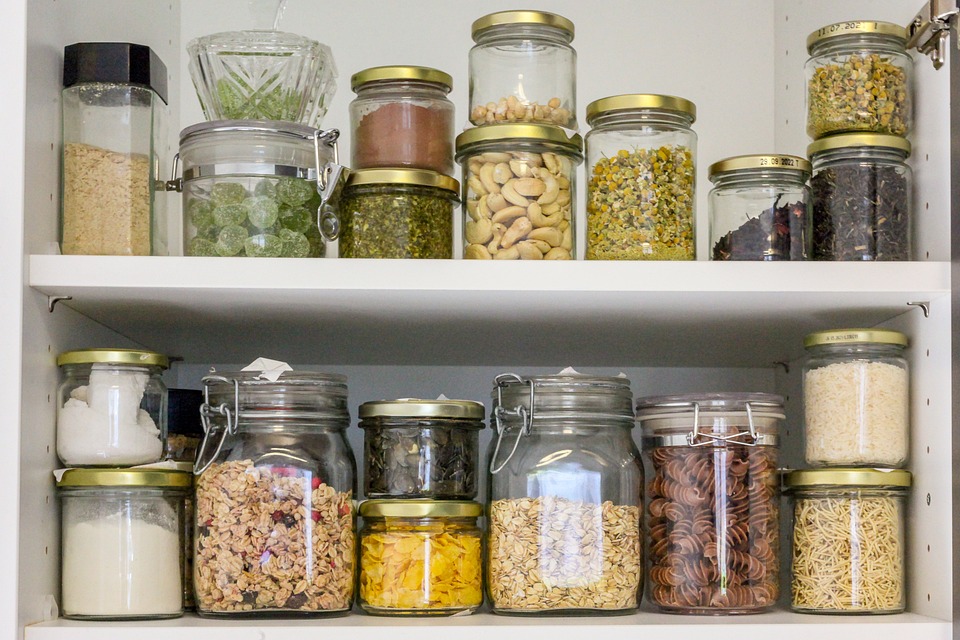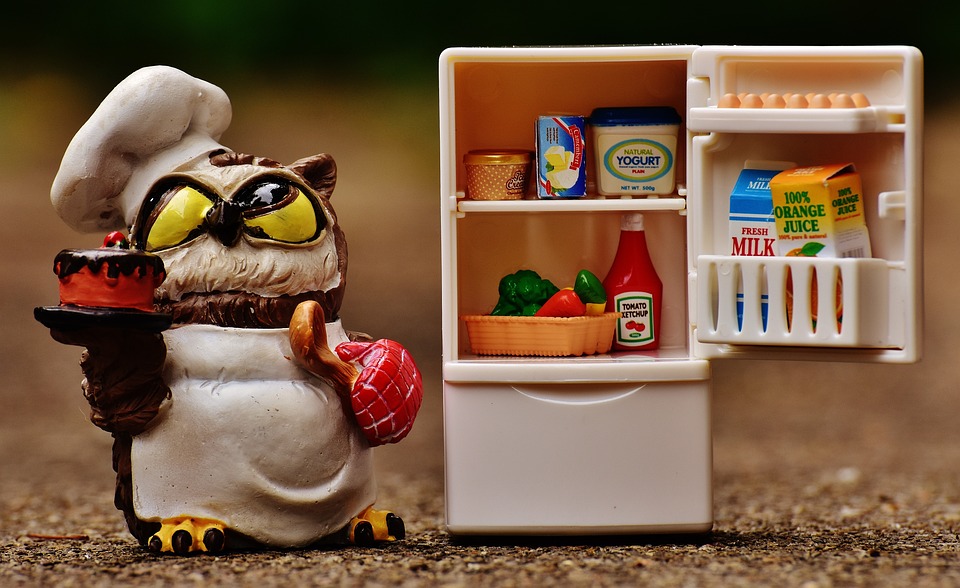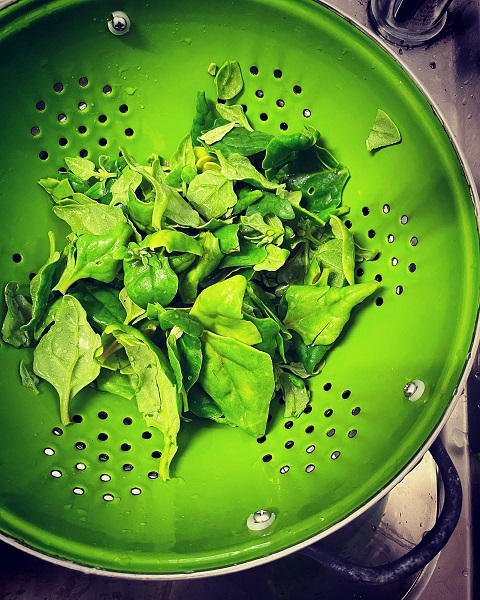It’s Australian Food Safety Week superstars, so it’s the perfect opportunity to share a few pointers to make sure your safe working with food and that your food is kept safe.
-
Wash your hands people, not just once. But after and in-between jobs, blowing your nose, playing with your hair, after handling rubbish.
-
Never reuse the same spoon for tasting food without washing and sanitising
-
When purchasing meat from butchers / Supermarkets, ensure it goes in an esky and straight into a fridge
-
The temperature danger zone ranges between 5deg to 60. This
-
Your fridge temperature should always be below 5 deg
-
Limit the time you work with food in normal temperature, when finished prepping or cooking, if not consuming straight away, put back in the fridge.
-
Always use clean equipment, when cutting new items, clean the board inbetween each use.
Storing food
-
Keep raw and cooked foods in separate fridges, or store raw foods on the bottom of the fridge in another tray. This reduces the risk of cross-contamination
-
Date and label food for stock rotation
-
Clean the fridge regularly
In the freezer
-
Freeze foods in smaller quantities to prevent wastage
-
Do not overload the freezer with food, because the foods in the centre may take days to freeze
Defrosting
-
Plan ahead, and move the food into the fridge (this may take up to two days)
-
Do not thaw foods on the bench or in the oven, because the outside of the food will defrost quickly, allowing spoilage and poisoning micro-organisms to thrive and increase in numbers.
Pantry/dry store
-
Store canned and dried foods in a cool, dry and dark place
-
Read labels and understand when the use by date is
-
Don’t purchase items that have had their packaging damaged. Don’t use can which show signs of bulging, leaking or rusting
Reheating
-
Foods must be reheated to at least 75deg
-
Do not refreeze left over food which has already been reheated
When I was in my first year of my apprenticeship, I worked alongside an older Greek man and his saying was “IF IN DOUBT, THROW IT OUT”







